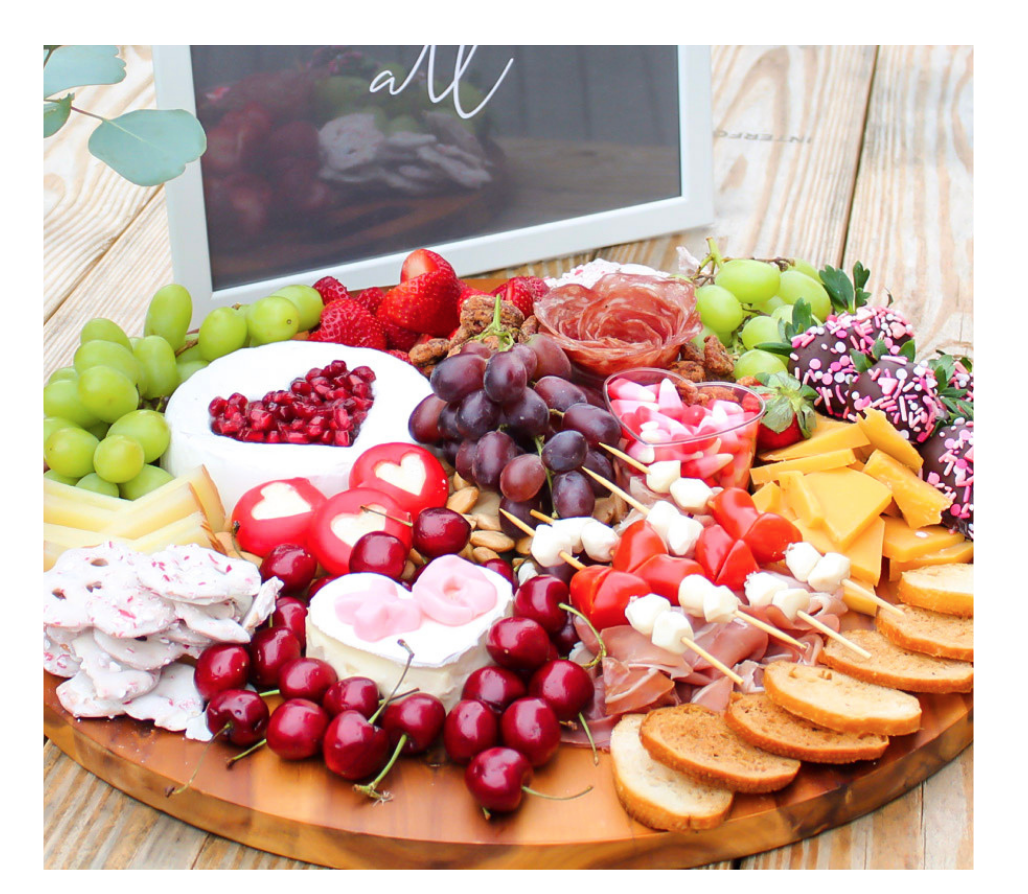Silken or firm tofu? And what can be replaced?
Both silken or firm tofu works, however, I recommend using silken tofu for a smooth chewy texture. If you can not get tofu for whatever reason, you can replace it simply with water. The amount of water should be about 90% of the flour weight. You should aim for a dough firmness similar to your ear lobe. So do not add tofu or water all in one go. Rather add the tofu or water gradually, watching the consistency of the dough.
How to cook dango?
It is super easy too. Simply drop the dangos into boiling water. When cooked they float up to the top of the water. Then scoop them with a sieve and place the cooked dango into a bowl of cold water.
3, 4, or 5 on skewers? How many should be on a skewer?
It is traditionally 5. It originated from an anecdote when Emperor Godaigo washed his hands at Mitarashi. One big water bubble came out followed by four more water bubbles. Personally, when you you make Mitarashi dango at home, I don’t think the number matters. I bought the short skewers from a local supermarket and thought it is really cute to have just 3 on them.
What types of flour do I use for mitarashi dango?
This time, I bought a rice flour (more like granule?) called “Shiratamako” from a local Japanese grocery store. Also I often use rice flour that you can get from the supermarket international isle. The rice flour is a product of Thailand. There are red, blue and green writing packets. Make sure you get the green one.
Grill, fry or blow torch?
It depends what you have. Using a non-stick frying pan will be the easiest, though be careful not to burn your finger when you flip the dango skewers. Also you don’t need oil. I like the burnt mark made by a blow torch. It looks nicer but not much different in taste.
Mitarashi Sauce
-
-
To make the Mitarashi sauce, place all ingredients for the mitarashi syrup in a small saucepan over medium heat and stir constantly with a wooden spatula until the syrup becomes thick and clear. Set aside the sauce
-
Place the rice flour and silken tofu in a large bowl and mix well until it forms a dough.
-
Divide the dough into 4 equal portion.
-
Roll each dough into long cylinder shape and cut into 6 each.
-
Roll each dough into small round ball shape.
-
Boil some water in a pot or sauce pan and add the dango balls.
-
Once the dango raises to the surface of the water, scoop them out and put them into a bowl of cold water.
-
Thread 3 balls each onto a skewer.
*1 If you can not access to fresh silken tofu, it can be replaced with 90% water of the flour amount.
*2 if you use rice flour, use same weight of tofu.
*3 or you can use brow torch
